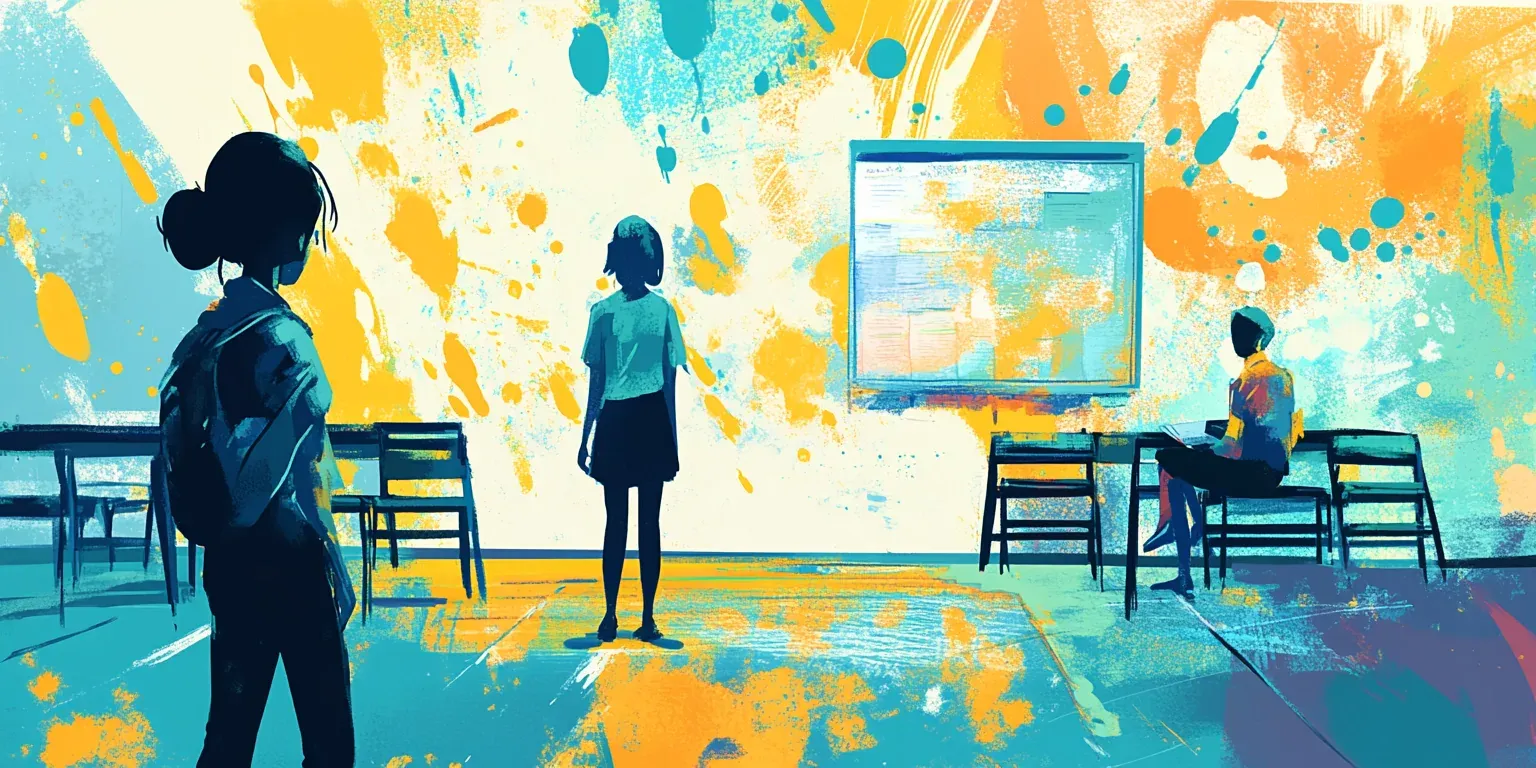In teaching, we are accustomed to purchasing a textbook system with small interactive exercises for students to work on. This top-down approach means that the learning is primarily shaped by the textbook author’s didactic choices and professional overview, after which the individual teacher adapts the material to the specific teaching situation.
However, the teaching materials often do not match the students’ level or align with the teacher's progression plan. The material may also not fully correspond with the teacher's professional understanding, or new content that is completely lacking may have emerged. Additionally, some students may need to work with the material differently.
As instructors, the above means that we spend a lot of time adapting teaching materials and developing our own courses tailored to each class. For instance, I teach three classes in communication and IT. All classes follow the same curriculum, but I run three entirely different courses with them. The teaching is adjusted according to the specific module, class, student type, and time of day – much is reused, but a lot is also adapted.
Finding good interactive learning resources is challenging, as many appear very generic or sterile. They cannot make mistakes in their output. At the same time, it has until now been quite challenging to develop interactive learning resources with AI, but with the launch of Firebase Studio on April 9, 2025, I believe this has changed.
Therefore, in this article, I will show how to create interactive learning resources that can be adapted for one's use.
What are AI Learning Objects?
I have previously written about AI learning objects, but at that time (a month ago), it wasn't easy to develop them as it required expensive access to language models.
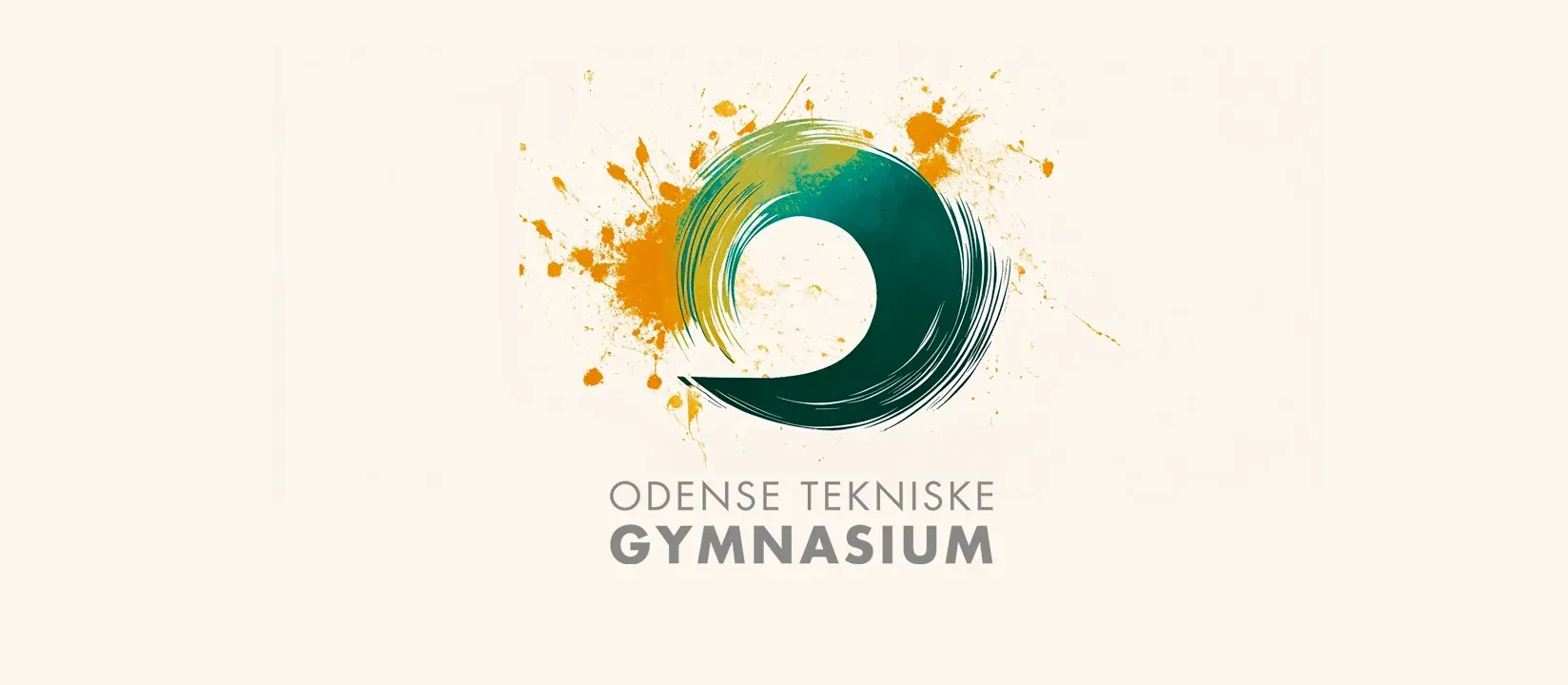
My definition of AI learning objects is:
AI learning objects are small AI-based learning resources that focus on a smaller part of the teaching. This can be, for example, a resource that gives students individual constraints in a creative process or a resource that provides feedback on students' work based on predetermined criteria. The point is that these parts of the teaching do not replace the teacher but instead function as objects that can enrich and streamline specific parts of the teaching.
I have chosen to limit the use of AI somewhat because I find it difficult to manage students when they have access to large language models. If I give them a prompt to input into ChatGPT, they often drift off in all directions and have too much freedom to act.
How to Create AI Learning Objects in Firebase Studio?
Firebase Studio enables teachers to design interactive learning resources with AI without coding directly. Therefore, you do not need to be a programmer to get started, but that does not mean it is entirely simple.
It still requires understanding the tool’s capabilities and limitations and articulating clear prompts about what one wants. Designing a good AI learning object that effectively supports educational goals requires some technical knowledge, an experimental approach, and, not least, pedagogical and didactic agency.
So, even though you do not need to be a programmer, teachers should still acquire new competencies in digital didactic design to harness the potential of a tool like Firebase Studio. It is not yet plug and play, but it does require a confident technological readiness and a willingness to learn through mistakes.
You can read about Firebase Studio here:
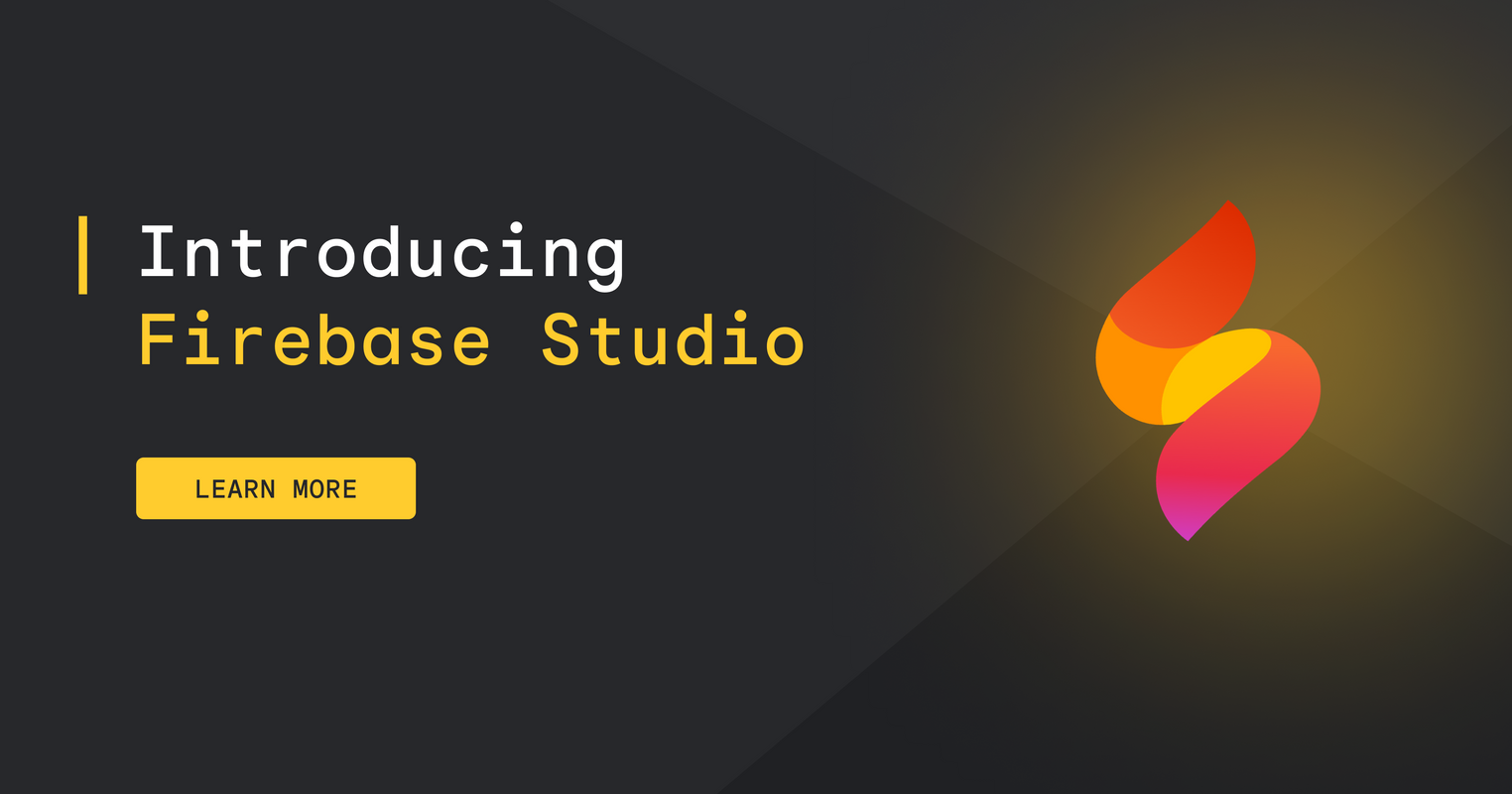
To illustrate the possibilities, I will go through the user interface below.
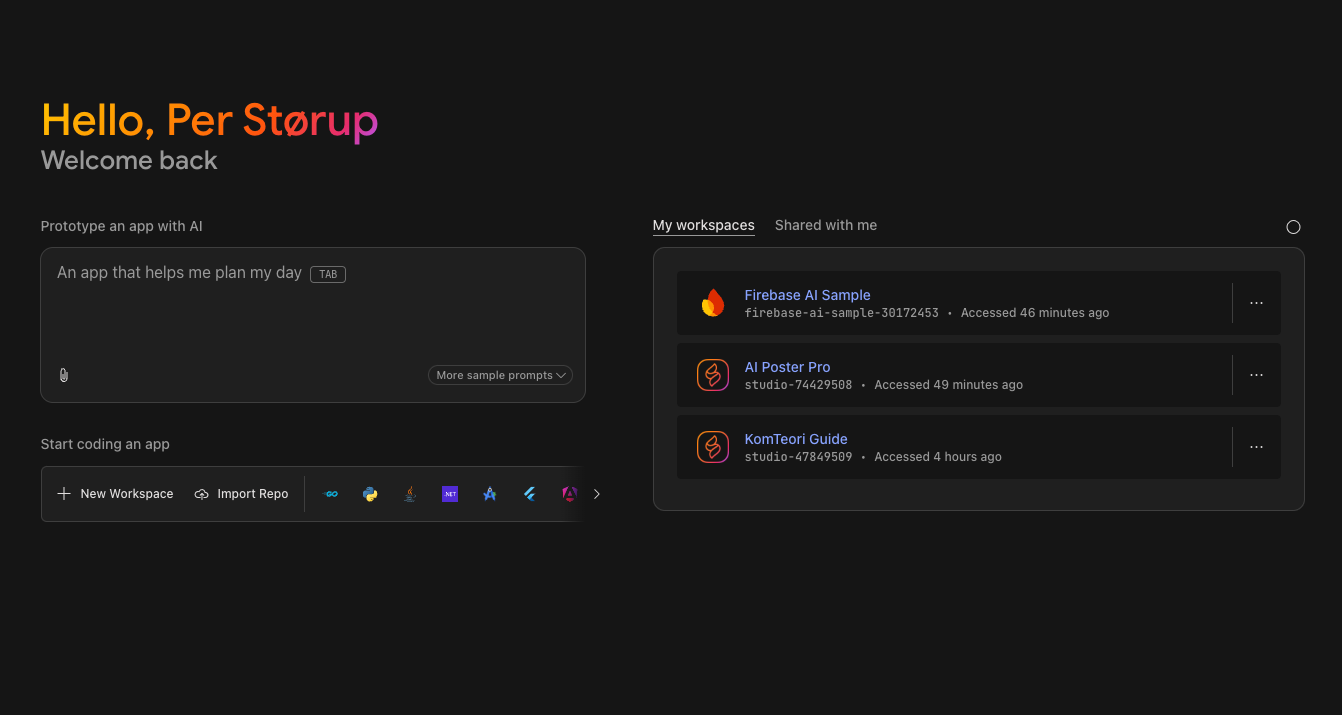
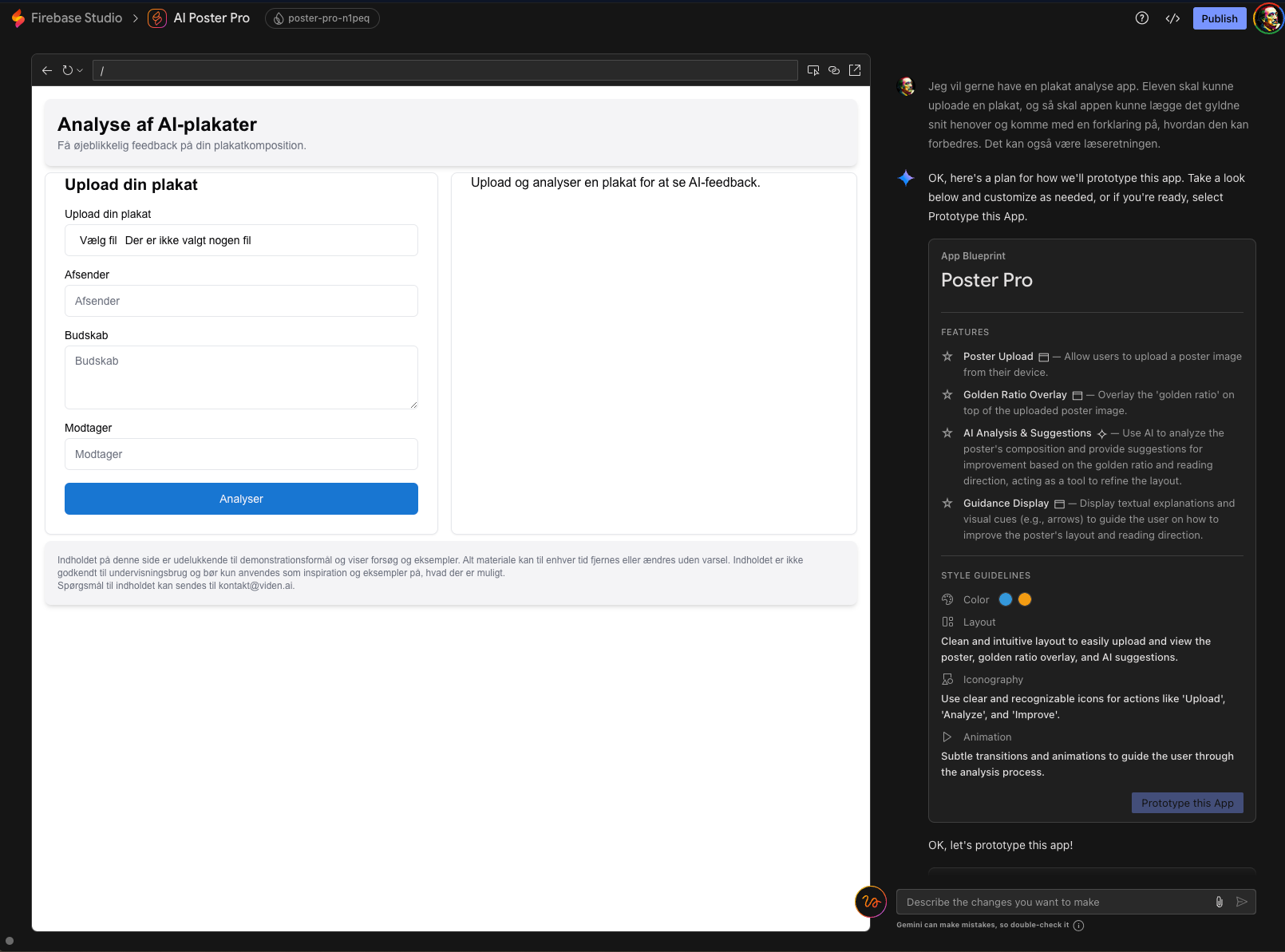
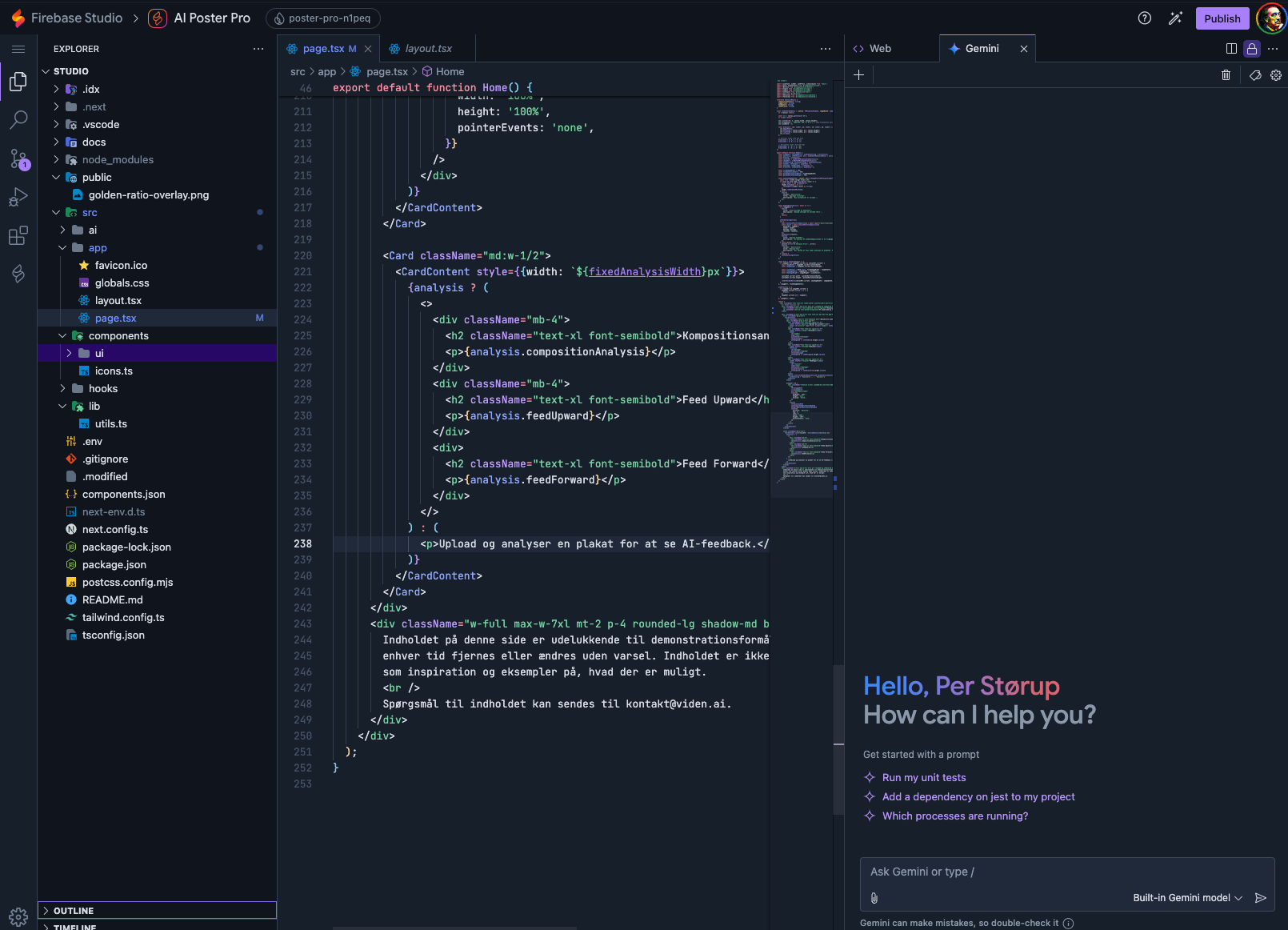
AI Learning Object: AI Feedback on Poster Design
In my previous article, I created a logo bot that could provide feedback on students' logos based on some predetermined criteria. In this project, I am working on getting an AI to interpret a poster and then provide positive feedback (Feed Upward) and guidance for improvements (Feed Forward).
Essentially, it is pretty simple for us teachers because we always do it. But what if I create a program that can do this? Then it could potentially support my teaching.
You can try my program here:
Note that it is not yet ready for classroom use – and it costs me money every time it is used.
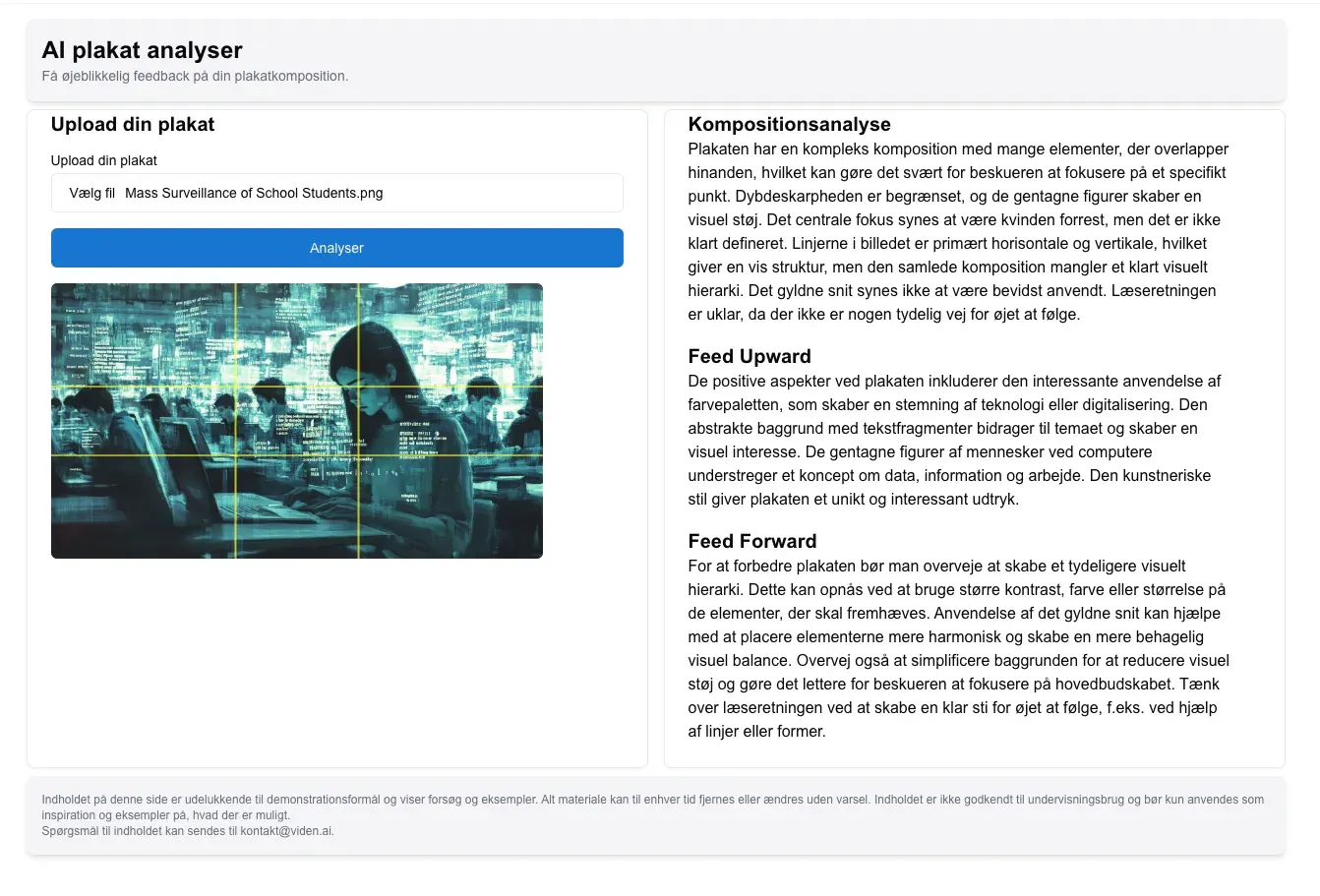
I have recorded a short video showing how I use Firebase Studio to develop the program.
It took me about 30 minutes to create this teaching tool, but I did not code anything—I simply asked for new options or changes to the graphics. In the example above, I show how I further expanded the functionality by adding fields for the student to input sender, message, and recipient.
Firebase is integrated with Google’s language model Gemini, which expands the possibilities for making a program even more interactive—for example, by allowing the student to chat with a language model.
What we are seeing right now is just the beginning. And although we have only just started with AI learning objects, they will follow the development in language models. For example, I asked my program to be able to read the text aloud. That was also added, but the voice and reading quality were still low, as students are often used to in school.
In the long term, however, it will be possible to get high-quality reading aloud, and then a reading guide could develop its own tool tailored to each student. This would have been unthinkable in the past because development costs would have exceeded what one would normally spend on such a system.
If desired, one can still work directly with the code, but one can get quite far just by writing what one wants. However, I have noticed that the technology is still relatively young, and after several prompts, it can become unstable. It can therefore be difficult to adapt it without many errors occurring.
Didactic Perspectives and the Teacher's New Role
When teachers have more development options, they also have more autonomy in teaching. Teachers can create specific, specialized AI learning objects tailored to individual students or groups. This opens opportunities to develop new courses with more ownership of the materials. However, this also means teachers must spend more time preparing for good teaching. In return, one may save on expensive interactive learning systems.
At the same time, one could let students develop learning resources and engage with the academic content. This requires them to be familiar with the material to be conveyed, which presents an opportunity for a different and engaging approach to teaching.
A significant advantage of these AI learning objects is that they can be shared, and others can build upon them. Thus, the development of learning resources can become more community-based and something one can retrieve and adapt.
Can a Learning Resource Make Mistakes?
It is an interesting and ethical discussion whether we can even use a learning resource that can make mistakes. And they do, as there are many obvious and hidden errors. But I do not believe we should dismiss it for that reason. Part of it is about how the learning resource is incorporated into the teaching.
One approach could be to use the AI learning resource's responses as a starting point for discussion in the class: Does this answer seem right? Why/why not? What would a better answer be? In this way, one can constructively use the AI system's mistakes to train students' critical sense and professional judgment.
At the same time, it provides a new answer every time something is uploaded. Therefore, it is not consistent in its answers—one moment, a poster may be highlighted as good with strong elements, and the next moment, it is suggested that the entire poster should be replaced. Here, it would be beneficial to develop several different versions of these apps, which provide different types of feedback for varying levels.
The main point is that the AI learning resource should be introduced into teaching in a didactically and pedagogically reflective manner, not merely as a tool that delivers the truth but as an opportunity for academic dialogue, reflection, and source criticism.
This is a practice I apply in my teaching, where I continuously adjust my feedback to the student's work. Unlike an AI system, I look at the student and find the zone of proximal development. Students might receive detailed feedback, leaving very little to them; otherwise, they won’t progress. Others might receive the message: “Figure it out yourself on YouTube.”
The similarity is that I also make mistakes. I can inadvertently tell students to do something and later ask them to do something else. As a teacher, I constantly fail alongside my students but also develop the subject with them.
As a young teacher, I knew all the functions in Photoshop, but now I am only familiar with a few of the newest options. However, my expertise is a foundation; practically speaking, it does not matter how the program looks.
The Role of Publishers?
It makes sense to have small interactive exercises in learning materials, but it could be interesting if there were more opportunities to use book materials in one's interactions. Due to copyright laws, that is probably not just around the corner, but the sector does lack a clear connection between AI and academic texts. Right now, it is happening somewhat in the shadows and will likely increase as more educators become aware of the possibilities in tools like Firebase.
Some publishers must consider what role they will play in future classrooms, especially if teachers start developing and sharing interactive AI objects themselves. Publishers could also provide a platform where educators can share AI learning objects. However, this would require some form of common standard that does not yet exist.
Opportunities and Future Perspectives
AI learning objects have the potential to influence the teacher's role and change how we develop and use teaching materials. With tools like Firebase Studio, teachers can now design interactive, customized learning objects that can supplement and differentiate teaching in new ways.
This opens up a future where teachers increasingly become pedagogical designers of their learning resources, tailored to the specific educational context and student group—a future where learning materials are not static and generic but dynamic and customized.
However, it also requires us to rethink the teacher's role and the associated competencies. The teacher of the future may need to be academically and pedagogically strong and able to apply new technologies like AI. A central teacher competency will be the ability to assess, adapt, and didacticize AI systems and integrate them reflectively into teaching.
If we succeed in this, AI learning objects can contribute to more differentiated, student-centered, and relevant teaching, in which technology does not replace the teacher but expands the possibilities for designing engaging and differentiated learning.
Sources
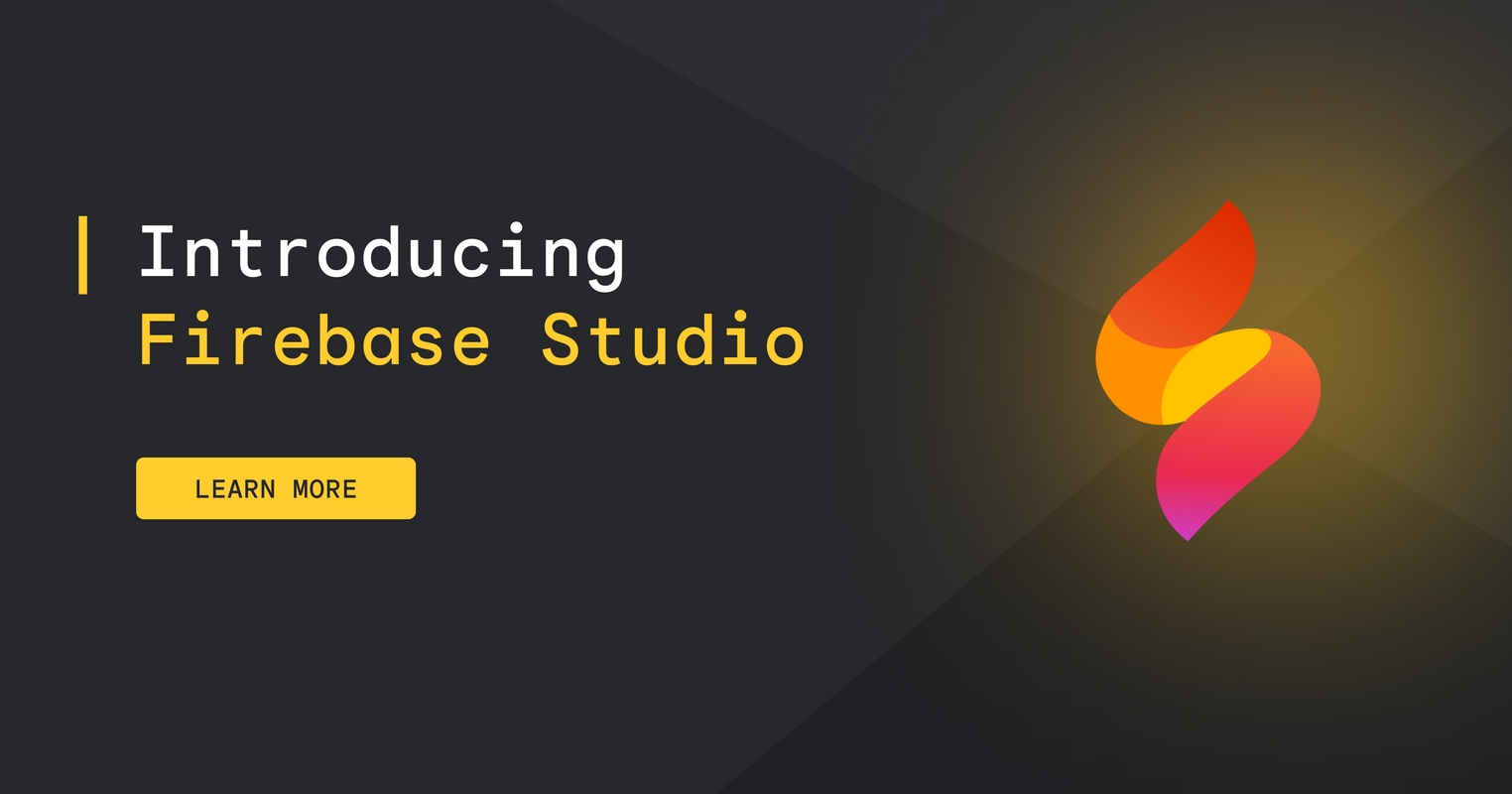
This article has been machine-translated into English. Therefore, there may be nuances or errors in the content. The Danish version is always up-to-date and accurate.
